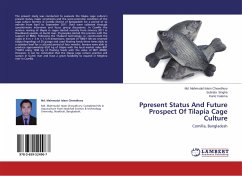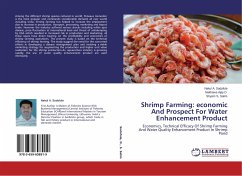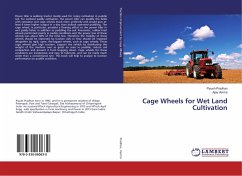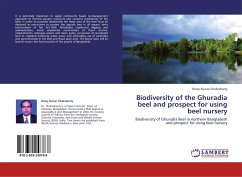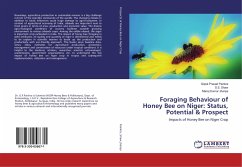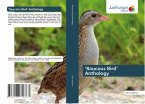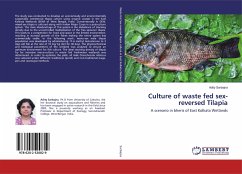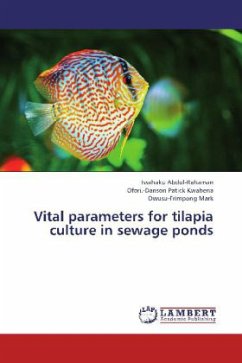The present study was conducted to evaluate the tilapia cage culture's present status, major constraints and the socio-economic condition of the cage culture farmers in Comilla District of Bangladesh for a period of six months from April to September 2011. Data were collected through questionnaire interviews and focus group discussions. In Comilla the venture rearing of tilapia in cages started recently from January 2011 in Daudkandi upazila, at Gumti river. 25 peoples started this practice with the support of BRAC. Following the Thailand technology i.e. constructed the cages in 6 m × 3 m × 1.5 m dimensions; stocked of 1000-1100 sex reversed tilapia fingerlings of 25 g/cage and used floating feeds three times daily to a satiation level for a cultured period of four months, farmers were able to produce approximately 6531 kg of tilapia with the local market value BDT 718410 using 1250 kg of floating feeds with the value of BDT 45000. However, it can be concluded that the tilapia cage culture practice will sustain in Gumti river and have a great feasibility to expand in Meghna river in Comilla.
Bitte wählen Sie Ihr Anliegen aus.
Rechnungen
Retourenschein anfordern
Bestellstatus
Storno

